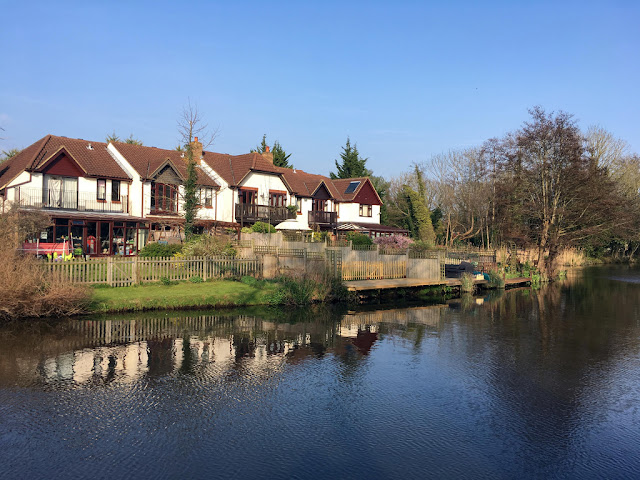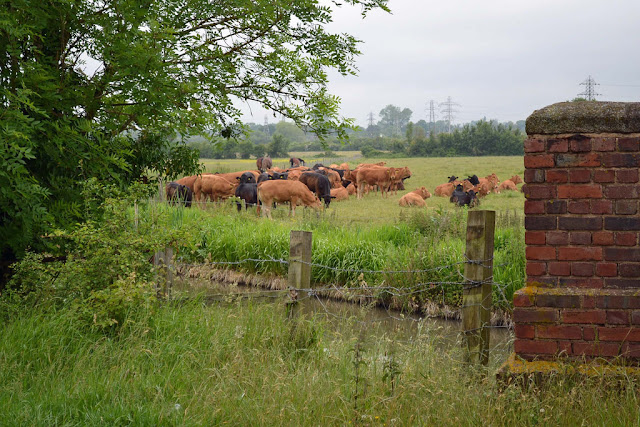As we saw in Part 1 the concept of a tracked transport system dated back to Ancient Greece. The first railway in Britain dates back to the mid-16th century used in mines in Cumbria.
The first recorded surface "rayle way" or railway is the system set up by the entrepreneur Huntington Beaumont in 1604. He set up a 3km wooden rail track between Wollaton Manor and the river Trent in Nottinghamshire [1]. This railway system transported coal in horse drawn wagons from his mine to a yard at Wollaton Lane [2]. The reason for laying wooden tracks was due to the poor state of the roads at the time. Even a simple wooden track would allow for a more even transit and less friction for goods reducing costs dramatically. A horse could haul a wagon twice as heavy along rails than on the road. They also did not suffer from road obstructions and potholes and were easier to clear of snow and mud.
The competitive advantage gained by using these wooden rails or wagonways meant that they spread across the country with lines being built in places like Broseley (1605), Wickham (1650), Ravensworth (1632) and the first line in Wales at Neath in 1697. By the start of the 18th century new lines came on rapidly.
New mines and quarries were opened as a result of the transport benefits of the wagonways. More ambitious mine owners helped push the technology further, sparking a boom in civil engineering as cuttings, embankments and bridges were built for the wagonways. The Causey Arch built for the Tanfield Wagonway in 1727 is a surviving example of this work [3] and is the oldest surviving railway bridge. The North East was a major user of wagonways due to the number of coal mines and the nature of the landscape. By 1800 most major pits in the region were served by wagonways with over 250 miles of track laid (often referred to as "Newcastle roads").
Interestingly these systems used flanged wheels from the start [4], though it may be earlier systems with non-flanged wheels have simply left no trace. Rails were made out of a variety of woods such as oak, ash or beech. Beech became more popular as time went on due to its resistance from insect damage [5]. Sleepers were often made from oak, once bedded into the ground they were intended to be undisturbed (or allowed to "sleep" - which may be where the name sleeper comes from!)
The main drawback of the wooden wagonways was the wooden nature of the track. The rails wore out quickly, regular replacement adding to the cost of operation. To help alleviate this a second rail was pegged atop the original rail. To start with these were also made of wood but later an iron wearing rail was put on top of the wooden rail, this happened from the early 1700s. The height of the rails was also increased so a layer of earth could be laid over the sleepers to aid the horses (and also protect the sleepers from damage).
For 200 years the wooden wagonways spread across the country, with hundreds of miles of track and millions of wagon movements. However the technology did not change greatly for a long time. Until the advent of the iron rail road that is.
To be continued...
 |
| Horse drawn wagon at the National Railway Museum |
[1] Michael Bailey, "The history of tracks and trains: a lesson in joined-up thinking", Proceedings of ICE Civil Engineering 158 August 2005, p. 134
[2] Mark Jones, Discovering Britain's First Railways (History Press, 2012) p. 16
[3] Bailey p. 135
[4] Andy Guy & Jim Rees, Early Railways 1569-1830 (Shire Publications, 2016) p. 9
[5] Bertram Baxter, Stone Blocks & Iron Rails (Tramroads) (David & Charles, 1966) p. 37


















